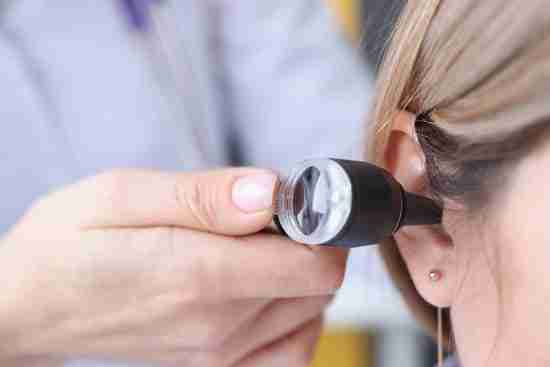Table of Contents
2. Materials Used in Plastic Dose Cup Manufacturing
- Injection Molding
- Extrusion
- Thermoforming
- Quality Control Measures
- Environmental Considerations
- Industry Applications
- Innovations in Plastic Dose Cup Manufacturing
- Conclusion
Introduction
In our daily lives, plastic dose cups play a crucial role, especially in the healthcare industry. These seemingly simple items are indispensable for precise medication dosing. But have you ever wondered about the process behind plastic dose cups manufacturing? This blog post delves into the intricate methods involved in the production of plastic dose cups, highlighting the materials used and the modern innovations shaping the industry.
Materials Used in Plastic Dose Cup Manufacturing
Plastic dose cups are made from different types of polymers to ensure they are durable, safe, and compliant with healthcare standards.
- Polypropylene (PP): This is a popular choice due to its resistance to chemicals and high melting point. It ensures safety when the cups come in contact with various medications.
- Polyethylene (PE): Known for its flexibility and low manufacturing cost. It’s often used for its smooth surface and ease of production.
These materials undergo stringent testing to ensure they meet health and safety regulations.
Manufacturing Process
The journey of plastic dose cups from raw materials to the final product involves several specialized processes.
Injection Molding
Injection molding is the most common method for producing plastic dose cups due to its efficiency and precision.
- Melting and Injection: Plastic pellets are melted and injected into a mold under high pressure.
- Cooling: The mold is cooled to harden the plastic into the desired shape.
- Ejection: Once the plastic is set, the mold opens, and the finished product is ejected.
This method allows for high-volume production and consistent quality.
Extrusion
While less common for dose cups, extrusion is another method used, primarily for creating continuous profiles.
- Raw Plastic Feeding: Plastic pellets are fed into the extruder.
- Heating and Pressurizing: The plastic is melted and pushed through a die to form a continuous shape.
- Cutting and Shaping: The extruded plastic is cut into the required dose cup sizes.
Thermoforming
Thermoforming involves heating a plastic sheet until pliable and then forming it over a mold.
- Heating the Plastic Sheet: A plastic sheet is heated to a flexible forming temperature.
- Shaping: The sheet is draped over a mold and formed using a vacuum or pressure.
- Trimming: Excess material is trimmed to achieve the final dose cup shape.
Quality Control Measures
Ensuring the manufacturing process yields high-quality plastic dose cups involves several quality control measures:
- Dimensional Checks: Ensuring thickness and dimensions meet specifications.
- Material Testing: Verifying the chemical composition and properties of the plastic.
- Tensile Strength Test: Testing for durability and resistance to breakage.
These measures ensure that each plastic dose cup is safe for use and meets regulatory standards.
Environmental Considerations
The environmental impact of plastic dose cups is a significant concern in today’s world. Manufacturers are increasingly adopting sustainable practices including:
- Recycling Programs: Implementing recycling of scrap materials.
- Biodegradable Plastics: Research and development of biodegradable alternatives to traditional plastics.
- Energy-Efficient Manufacturing: Using eco-friendly technologies to reduce energy consumption.
Industry Applications
Plastic dose cups are widely used across different sectors:
- Healthcare: Precisely measuring liquid medicines.
- Pharmaceuticals: Used in laboratories and pharmacies for various applications.
- Consumer Goods: Packaged with over-the-counter medications to ensure proper dosing.
Innovations in Plastic Dose Cup Manufacturing
Innovation drives the evolution of plastic dose cup manufacturing, with several new trends emerging:
- Smart Dose Cups: Integration of digital tracking for accurate dosing.
- Improved Ergonomics: Designing cups for better grip and ease of use.
- Advanced Materials: Development of new polymers for enhanced safety and environmental sustainability.
Conclusion
Plastic dose cups may seem simple, but their manufacturing process is quite intricate. From selecting the right materials to employing advanced manufacturing techniques, each step ensures the production of safe, durable, and compliant dose cups. Understanding the process behind plastic dose cups manufacturing highlights the precision and innovation that goes into crafting these essential tools. So next time you use a plastic dose cup, you’ll know the detailed craftsmanship behind it.

